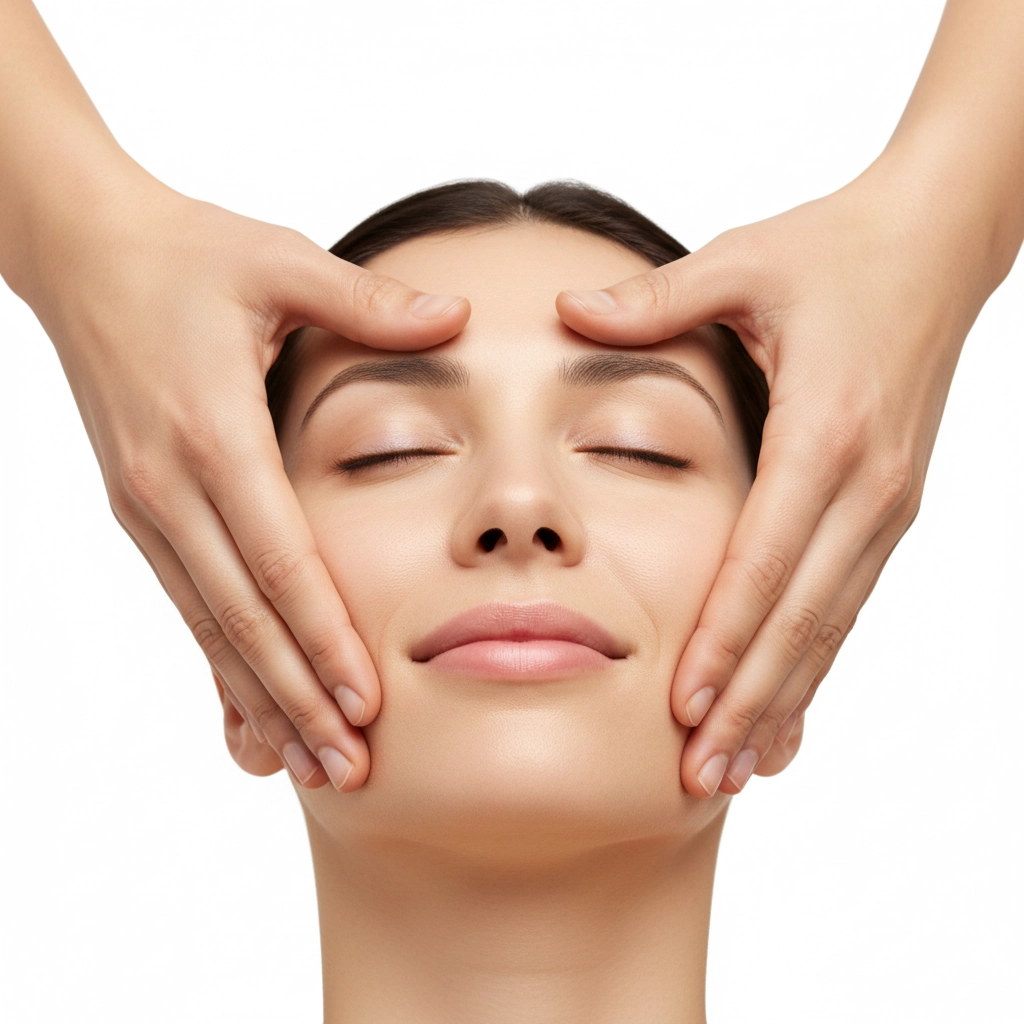Living With Facial Synkinesis: Daily Challenges & Coping Tips
- Gautham Ullas
- 6 hours ago
- 5 min read
Living with facial synkinesis means navigating a world where your face doesn't always do what you want it to do. If you're dealing with this condition, you know exactly what we mean: those unexpected eye squints when you smile, or your mouth pulling in the wrong direction when you're trying to show emotion.
You're not alone in this journey, and while synkinesis brings real challenges, there are practical ways to manage daily life and feel more confident in your own skin.
What Your Day Actually Looks Like
Your morning starts like anyone else's, but simple tasks can feel more complicated. Brushing your teeth might cause your eye to close involuntarily. Trying to smile at yourself in the mirror could result in that familiar lopsided expression you've gotten used to.
These linked movements happen because your facial nerve fibers have regrown in a way that connects muscles that shouldn't work together. When you want to move one part of your face, other areas join in uninvited. It's like your facial muscles are having their own conversation that you weren't invited to.

The constant muscle tension doesn't help either. Your face might feel tight throughout the day, almost like you're permanently squinting in bright sunlight. This baseline tension can be exhausting: both physically and emotionally.
The Eating Challenge
Let's talk about something most people take for granted: eating. When you have synkinesis, a simple meal can become an event. Chewing on the affected side might cause your eye to close with each bite. Some people find their eyes water when they eat, which can be both uncomfortable and embarrassing in social situations.
You might catch yourself avoiding certain foods or eating more slowly to minimize the involuntary movements. Crunchy foods can be particularly challenging because they require more muscle work, which can trigger stronger synkinetic movements.
Here's what can help:
Take smaller bites and chew more deliberately. This gives you better control over the movements. If one side works better than the other, there's nothing wrong with favoring that side. Soft foods can be your friend during flare-ups or when you're feeling particularly self-conscious.
Speaking and Communication Hurdles
Your voice might be fine, but facial expression is a huge part of communication. When your face doesn't match your emotions, conversations can feel awkward. You might find yourself over-explaining your feelings because your expression isn't conveying what you mean.
Public speaking or video calls can feel especially daunting. The camera seems to magnify every asymmetry and unexpected movement. Many people with synkinesis avoid photos or position themselves at specific angles to minimize the appearance of their condition.
The frustration is real when people misread your expressions. A forced smile might look angry, or trying to show concern could come across as confused. It's exhausting to constantly monitor and explain your facial expressions.
Social Situations and Relationships
Social gatherings can trigger a mix of emotions. Part of you wants to join in and have fun, while another part worries about how you look or whether people are staring. The involuntary movements can feel more pronounced when you're nervous or excited, which unfortunately happens most during social events.
Dating and forming new relationships present unique challenges. How do you explain your condition? When is the right time to bring it up? Will people understand that this is just how your face works now?

Close friends and family usually adapt quickly, but meeting new people can feel stressful. You might find yourself avoiding eye contact or positioning yourself in dimmer lighting to minimize the appearance of asymmetry.
The Confidence Factor
Let's be honest: synkinesis can really impact your self-confidence. Looking in the mirror and not recognizing the person staring back is jarring. Photos from before your nerve injury can feel like looking at a different person entirely.
You might catch yourself avoiding mirrors throughout the day or feeling disappointed when you see your reflection unexpectedly. These feelings are completely normal and valid. Your face was such an automatic part of expressing yourself, and now it requires conscious thought and management.
Some days are better than others. Stress, fatigue, and emotions can make synkinesis more pronounced, creating a cycle where you feel worse about how you look, which increases stress, which makes the movements more noticeable.
Practical Daily Coping Strategies
The good news is that you have more control than you might think. Small daily practices can make a significant difference in how you feel and how your synkinesis presents.
Start with facial relaxation. Spend 10-15 minutes each day consciously relaxing your facial muscles. Think of it like meditation for your face. Focus on releasing tension in your forehead, around your eyes, and in your cheeks. This isn't just feel-good advice: consistent relaxation actually reduces synkinesis severity over time.
Try gentle massage. Using a light oil or moisturizer, massage your face with smooth outward strokes from the center. Start at your nose and work outward toward your ears. Move from your lower face upward. This helps release muscle tension and can improve circulation to the affected areas.
Practice mindful expressions. Instead of forcing facial expressions, let them happen naturally. Forced movements often trigger stronger synkinetic responses. If you need to smile for a photo, try thinking of something genuinely pleasant rather than just moving your mouth muscles.

Temperature therapy can help too. Some people find that gentle warmth (like a warm washcloth) helps relax facial muscles, while others prefer cool compresses for particularly tight days. Experiment to see what feels best for you.
Building Your Support System
You don't have to navigate this alone. Connecting with others who understand synkinesis can be incredibly validating. Online support groups and forums provide spaces to share experiences, tips, and encouragement without judgment.
Consider working with healthcare providers who understand facial nerve conditions. A facial plastic surgeon familiar with synkinesis can discuss treatment options if your symptoms significantly impact your quality of life. Physical therapists who specialize in facial rehabilitation can teach you specific exercises and techniques.
Don't underestimate the value of mental health support either. Adjusting to facial changes is a real psychological process, and there's no shame in seeking counseling to work through the emotional aspects of living with synkinesis.
Looking Forward
Living with synkinesis requires patience: both with yourself and with the recovery process. Some people see improvements with consistent self-care techniques, while others benefit from professional treatments. Your journey is unique, and what works for someone else might need to be adapted for your specific situation.
Remember that healing takes time, often months or even years. Progress might feel slow, but small improvements compound over time. Keep track of good days and celebrate the victories, even if they seem minor.
Your worth isn't determined by facial symmetry or perfect expressions. While it's natural to grieve the changes in your appearance, try to focus on function and comfort rather than perfect aesthetics.
Moving Through Each Day
The reality of synkinesis is that some days will be harder than others. On difficult days, be gentle with yourself. Use the coping strategies that work best for you, reach out to your support system, and remember that tomorrow might feel different.
On better days, engage fully with life. Don't let synkinesis hold you back from experiences, relationships, or opportunities. The more you practice navigating the world with your condition, the more confident and capable you'll become.
Your face tells your story now, and that story includes resilience, adaptation, and strength. While synkinesis presents real challenges, it doesn't define your entire experience or limit your potential for joy and connection.
If you're struggling with the daily impact of facial synkinesis and would like to explore your treatment options, we're here to help you understand what might work best for your specific situation.

Comments